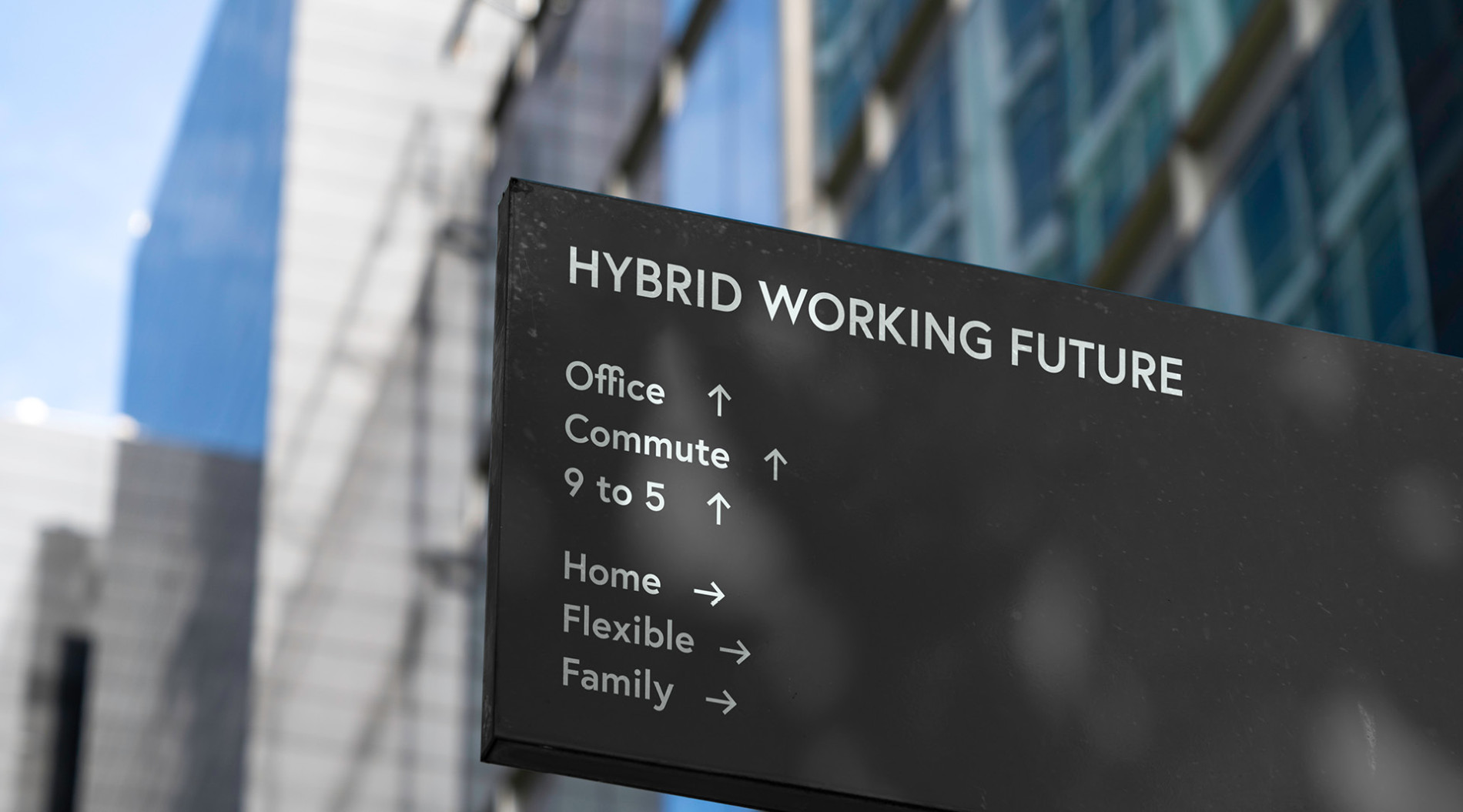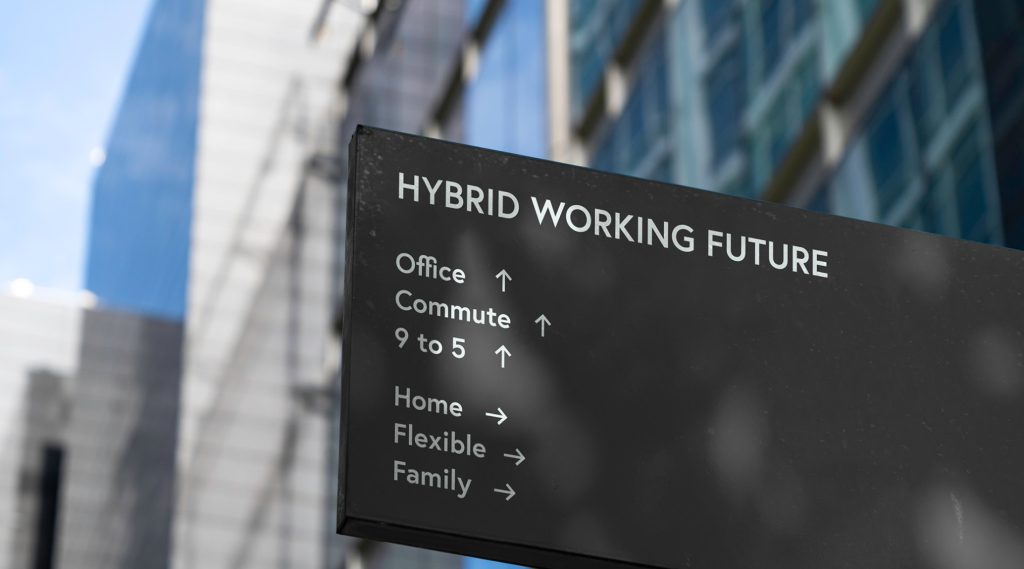The Role of Employee Resource Groups (ERGs) in Creating a More Inclusive Workplace
Strange as it may seem, there are times when encountering uniformity and familiarity in the workplace can actually help to promote a more diverse workforce.
That’s where Employee Resource Groups (ERGs) come in. They typically bring together groups of employees with similar experiences, backgrounds or interests, who might otherwise feel isolated, underrepresented in company culture, or conspicuously different in their workplace. They play a crucial role in supporting the diversity and inclusion which has been proved by extensive research to be so beneficial for organisations of every type.
ERGs are voluntary but coordinated employee associations providing a supportive community and possibly professional development potential for their members. At the same time, they can offer a useful connection between employees and the organisation’s leadership.
For example, an organisation might have several ERGs based on any of these groupings:
- Gender
- Sexual orientation
- Age
- Ethnicity
- Career development
- Working parents
- Disability
- Socioeconomic background
- Religious affiliation
- Volunteering or charity support
- Sporting activity
- Other shared interests
Benefits of Employee Resource Groups
Organisations with active ERGs have found that they have many advantages, including community building, cultural awareness and beneficial influence on management policies.
Fostering a sense of belonging and community
ERGs provide a platform for employees with shared backgrounds or interests to connect and support one another. Individuals who might otherwise experience a feeling of isolation instead encounter camaraderie and trust, and gain a sense of belonging to their workplace community. Workers who feel accepted are more likely to articulate fresh ideas and drive innovation. Overall employee wellbeing is improved, and engagement and retention are enhanced.
Driving cultural awareness and education
Minority groups, and people with different perspectives, experiences, traditions and needs, automatically become more visible when they are members of an ERG. Through events, workshops and seminars they can help to educate other employees about the diverse workforce, and promote the cultural understanding and awareness which leads to a more inclusive and respectful work environment.
Influencing organisational policies and practices
Effectively structured and adequately supported ERGs can advocate for diversity and inclusion within the organisation. They act as influential voices that provide management with insights and feedback on diversity and inclusion initiatives, which will assist diverse recruitment and are a recognised way to attract and retain top talent.
Providing they have the support of the organisation’s leadership, ERGs can collaborate with management to influence policies and practices that address the needs and concerns of underrepresented groups. This can contribute to creating equitable opportunities for career advancement and professional development for members of categories who might otherwise be overlooked.
How to implement Employee Resource Groups successfully
ERGs might simply form organically within your company as a result of employee interaction, or they could be the result of a deliberate management policy. But in order to be truly successful they require support, encouragement, and specified aims against which to measure their effectiveness. Three strategies are recommended for the organisation’s leaders.
1. Provide leadership support and sponsorship
Employee Resource Groups cannot merely be created and then left to sink or swim. For long-term success, ERGs require visible support from organisational leaders. Advocacy and sponsorship from senior management will ensure that ERGs receive the resources, funding, and recognition they need in order to be effective.
Resources needed would include marketing of the ERGs to potential members, access to a meeting room, the training of group leaders and the inclusion of their roles in their job descriptions so that they are rewarded for their time and effort.
Funding support might take the form of providing refreshments during meetings, for example, or sponsoring a charity, or purchasing sporting equipment or uniforms.
Recognition involves the organisation’s leadership promoting the roles of its ERGs, giving them access to decision-makers, and celebrating their successes by highlighting their achievements in internal and external company communications. Active and personal involvement from leaders, who already have organisational skills and mentorship abilities, will help ERGs align their goals with the overall strategic objectives of the organisation.
2. Encourage intersectionality and allyship
ERGs work best when they assist each other rather than operating in a vacuum or competing for resources. Encouraging ERGs to collaborate across different affinity groups fosters intersectionality and understanding. They can engage in allyship by supporting and advocating for other underrepresented groups and ERGs. Intersectionality and allyship strengthen inclusivity efforts and create an even more unified and supportive workplace.
3. Measure impacts and aim for continuous improvement
An ERG needs to have a definite structure in order to be truly successful. Establishing metrics and key performance indicators (KPIs) – such as increases in diverse recruitment, or the number of volunteering hours or charity donation dollars – will help when assessing the impact of ERGs on the organisation. This means that each ERG must first develop its own goals and objectives – the needs it will fulfil or the challenges it will focus on, such as cultivating diversity and inclusion, or negotiating flexible employment conditions for working parents, or encouraging community service.
Regular feedback from team members, the wider workforce and management, via surveys and interviews, and from data such as employee retention figures or diverse recruitment and promotion rates, will help to establish whether the ERGs are meeting their objectives and having the desired impact. They will be able to gather insights and make data-driven decisions about improvements, continuously evaluating and refining their initiatives to ensure their effectiveness and long-term sustainability.
Embracing the potential for positive change
Around 90% of Fortune 500 companies have active ERGs, according to an article published by the US Society for Human Resource Management. That’s because these huge companies recognise the importance of Employee Resource Groups in creating a supportive, diverse workforce and fostering the inclusion that leads to improved talent acquisition and employee satisfaction, engagement and retention.
But organisations of every size can benefit from creating ERGs and take advantage of their capacity to promote constructive workforce diversity.
Contact us today to have a chat about your recruitment needs.











